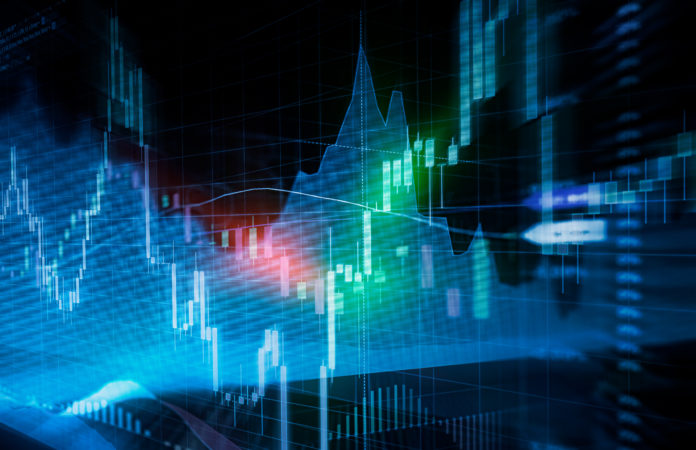Probably no two metals garner as much interest from investors and consultants as copper and aluminium in the always-evolving global commodity market. These two non-ferrous metals are crucial in rapidly growing areas such as manufacturing and construction, electronics, and renewable energy. They are therefore very important barometers of the economic and industrial processes which can be seen reflected in the multi-commodity exchanges such as MCX. Undertakings on commodities exchanges, including the Multi commodities Exchange (MCX).
Knowing the Prices of MCX Aluminum
The price of aluminum, which is thought to be the “metal of the future,” has been erratic recently. Today’s MCX aluminium price is the net outcome of various interacting factors governing supply and demand at the international level. Among the major drivers of the metal’s exchange value, one can distinguish energy prices, cost of production, environmental legislation, and political conflicts.
Since the process of making aluminium is rather energy-consuming, the price of power is one of the significant determinants of the cost of aluminium. This is because the total cost of aluminium may likely be largely influenced by power costs in the production of aluminium, mainly in the most productive nations in the world. Other factors that also influence Aluminium prices are fluctuations in trade laws and tariffs all over the world. These have an impact on the price of Aluminum sold on exchanges such as MCX.
The Dilemma of Copper Prices
Copper also attracts significant interest at the MCX; it is also referred to as ‘Dr. Copper’ because it provides clues to economic events. The copper price today depends on many world factors, including macroeconomic factors, industrial consumption, and mining production.
Global construction sector conditions are one of the main factors influencing copper pricing. Higher building activity is normally observed to be associated with higher copper consumption as copper is widely used in plumbing and electricity wiring. Similarly, the development of technologies on renewable energy such as wind turbines and solar panels which require copper has created new markets for red metal’s demand.
Variables Affecting Both Metals
Although each metal has distinct qualities of its own, the prices of copper and aluminum on the MCX are influenced by several factors. The forecasts for global economic development, changes in inventory levels, and currency fluctuations all influence how much these essential commodities will fluctuate in price daily.
Handling Volatility in Prices
Making informed decisions requires having up-to-date knowledge about MCX copper and aluminium pricing, which is essential for both industry experts and investors. It is important to carefully analyse and strategically plan for the potential hazards that price fluctuation in these metals can bring.
To negotiate the complexity of metal pricing, several market participants employ a variety of tools and strategies. Understanding and forecasting price changes on the MCX requires a thorough approach that includes technical analysis, fundamental study, and being up-to-date on events related to the world economy.
Futures and Options’ Significance
Market participants have access to instruments for speculating and hedging through the MCX’s futures and options contracts for copper and aluminium. Traders and industrial users can control pricing risks and even profit from market swings with the help of these derivative instruments.
In particular, futures contracts are essential to the process of determining these metals’ prices. The MCX’s near-term futures contract prices frequently mirror the current spot prices for copper and aluminium, offering important information about the mood and expectations of the market.
Observing Future Market Trends and Forecasts
The future of MCX copper and aluminium pricing is a subject of great discussion and interest as the world economy develops. Future demand for these metals is anticipated to be significantly shaped by several factors, including the rate of economic recovery, the switch to renewable energy sources, and the continued urbanisation of developing nations.
Conclusion
In summary, the current MCX prices for copper and aluminum represent the intricate supply and demand balance in these vital metal markets and are the outcome of a complex web of international influences. To make well-informed judgments when navigating these dynamic commodities, investors and industry professionals can benefit from staying educated and using cutting-edge trading systems such as 5paisa. The significance of these metals in today’s technical and economic environment guarantees that their prices will continue to be important markers of industrial activity and the state of the world economy even as it changes.

